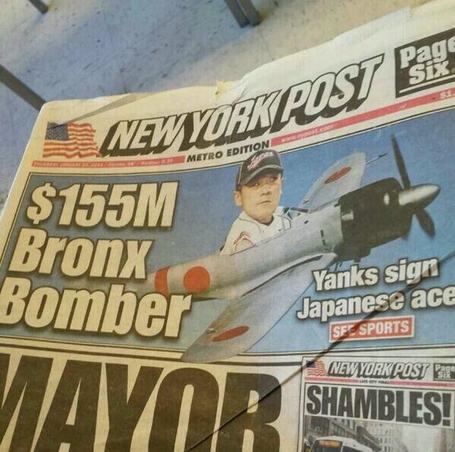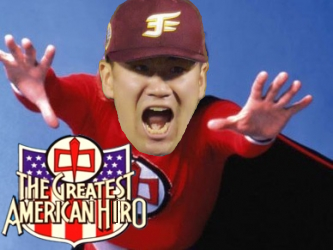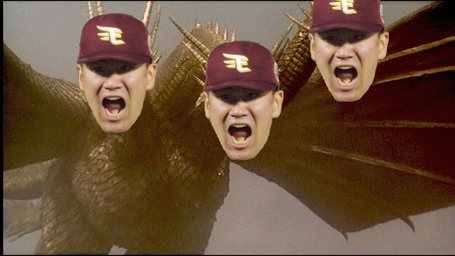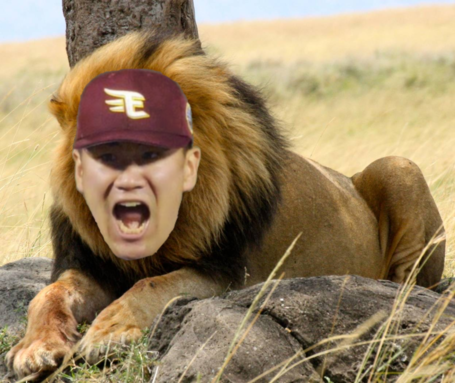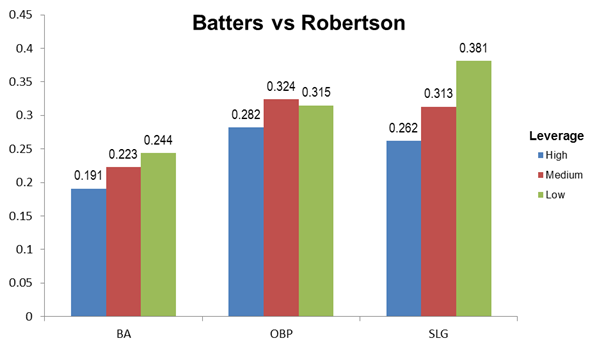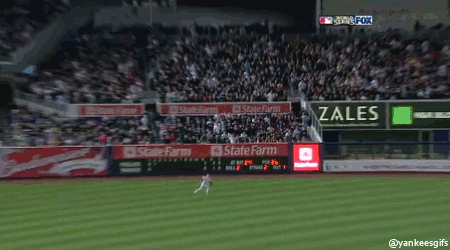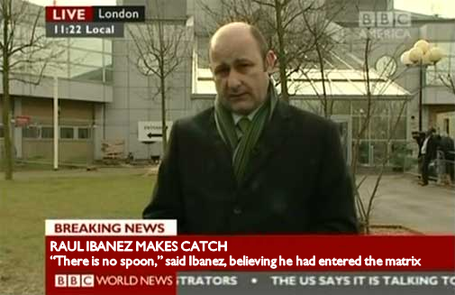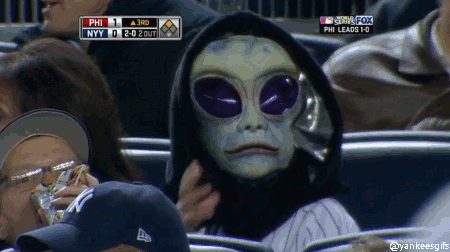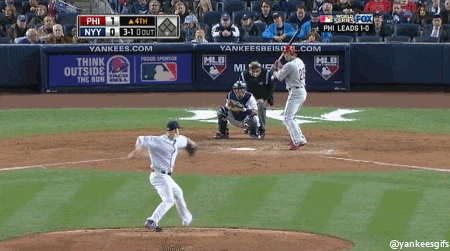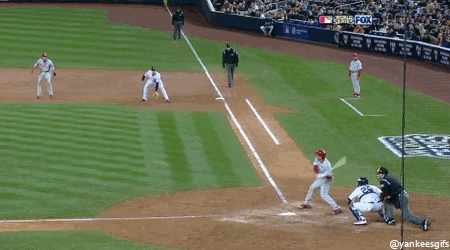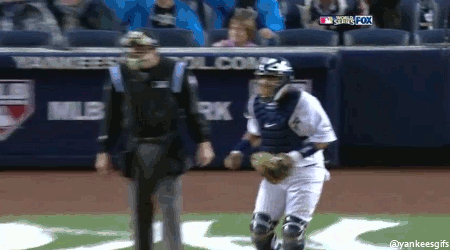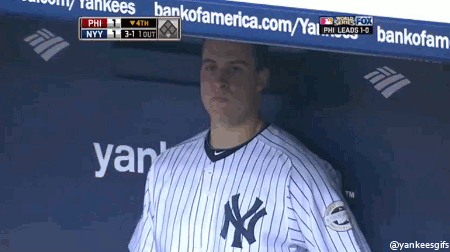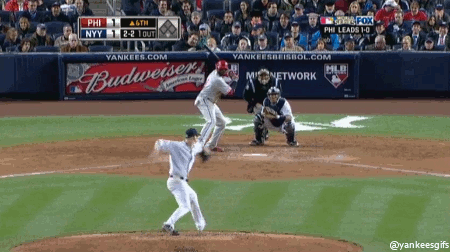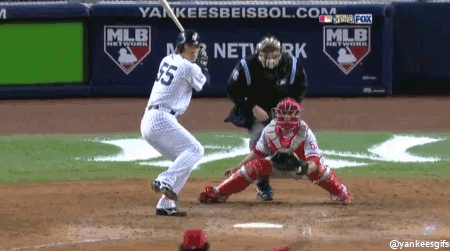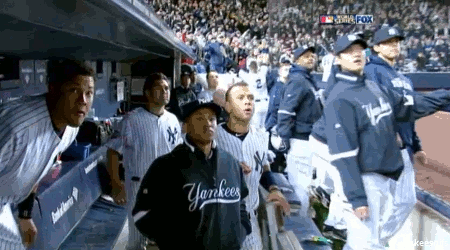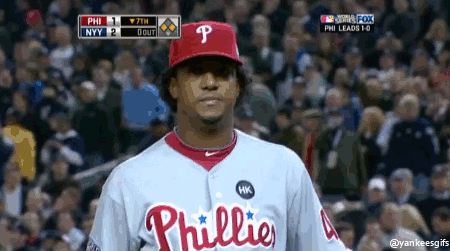
Now that he is finally a Yankee, let's become acquainted with this new Japanese phenom coming to the Bronx.
The dust has finally settled and Masahiro Tanaka is finally a New York Yankee to the tune of a seven-year, $155 million contract with a possible opt-out after four years. Tanaka's name has been thrown around since the intensive scouting began this past season, and we've heard snippets here and there about the details of Tanaka's skill set and reputation in Japan, but not much has been spoken about Tanaka as a whole person. Who is Tanaka, exactly?
Tanaka was born on November 1, 1988 in Itami, a city in Hyogo, Japan. He began his baseball career at around the same age most professional players begin, around age six; in first grade he played catcher (partially because of his arm) for his Little League team, the Koyanosato Tigers. He then played for the Takarazuka Boys at Itami Municipal Matsuzaki Junior High, where he transitioned to playing not only catcher, but pitcher as well. At the age of just 14, Tanaka was selected to be a part of the Junior All-South Kansai team. After Junior High, Tanaka moved to Hokkaido to play for Komazawa University Tomakomai High School, where he focused just on being a pitcher.
In this role he helped bring the team to the National High School Baseball championship, and did so again in his final year. In his high school career, Tanaka set a national record for strikeouts (458), besting Daisuke Matsuzaka. He was eligible for the NPB draft in 2006, making him one of the most highly anticipated pitching prospects in the history of Japan. The Rakuten Golden Eagles obviously won the bid for their ace, signing him to a base salary of 15 million yen (~$130,000) with a signing bonus of 100 million yen (~$880,000).
And boy, what a bargain that was for them. In seven seasons with the Golden Eagles, Tanaka compiled some great accomplishments: numbers such as a 2.30 ERA, 53 complete games, a WHIP of 1.108, 8.5 K/9, and 1.9 BB/9; the 2007 Pacific League Rookie of the Year; a 2-time Eiji Sawamura Award (Cy Young equivalent); a 5-time NPB All-Star; and a Japan Series Champion. His final season with the Golden Eagles was where the hype began. When word got out that he might be posted after the 2013 season, professional scouts flocked to Japan to see what the fuss was all about. And what was the verdict? That he was great. Maybe not as great as Yu Darvish, but certainly comparable to a younger Hiroki Kuroda. Ben Balder of Baseball America described Tanaka as such:
At 6-foot-2, 205 pounds, Tanaka throws a low-90s fastball that can touch 96 mph. Even though Tanaka can reach the mid-90s, his fastball is the pitch that gives some scouts pause because it comes in on a flat plane, making it more hittable than the velocity might suggest. Tanaka has two secondary pitches that have earned grades of 60 or better on the 20-80 scouting scale, including a 70 splitter with late downward action to keep hitters off his fastball. His low- to mid-80s slider is another plus weapon, while he’ll mix in a curveball as well."
Tanaka is often described as having "No. 2 potential" who can make an immediate difference in any MLB rotation. That may just be optimistic scout-speak, though. There certainly have been pitchers who came from Japan who have been disappointments, like Matsuzaka and Kei Igawa. How does Tanaka rank amongst other Japanese pitchers who came to MLB? Here's a nice chart, courtesy of David Golebiewski of BaseballAnalytics.org:
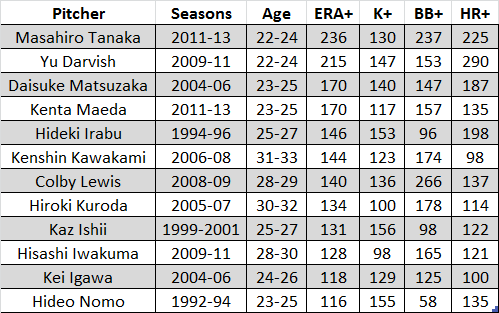
Firstly, it is important to note that if a team is going to sign any of these, it'd be ideal to choose the best performer; that would be the best gamble. And Tanaka is definitely comparable to Darvish, statistically speaking. While Darvish keeps the ball out of the air more often and strikes out more batters, Tanaka certainly has the superior control. That's key, because that doesn't disappear when coming to the United States or with age for that matter.
And what is his makeup like? When talking about Tanaka, scouts seem to use the word "passion" pretty often. Tanaka's said to possess an intensity and drive that is thought to fit well with the demanding pressure cooker that is New York City. One NL scout, quoted in Baseball America, stated: "He’s intense... He pitches with passion. There’s emotion to it when he’s getting outs." And what do other players say about him? Andruw Jones, who played with Tanaka for a full season, said the following to the New York Daily News: "He's a very good pitcher. I had the opportunity to see him a full year - 144 games. He's a very competitive guy. He's got good control, very good split finger (fastball). The record speaks for itself. Baseball is baseball anywhere you play it." Considering the type of competition Jones has seen in his career, I think he is in a pretty good position to judge.
So what are the Yankees getting in Masahiro Tanaka? They're getting a 25 year old pitcher with sparkling scouting reports who dominated his country for quite a few years. Tanaka has the tools, he has professional experience, and he has the makeup to become a great pitcher in MLB. But, there's always the possibility that he busts. It's happened with other Japanese pitchers, and it could definitely happen again. Pitchers are a fickle bunch, and if Tanaka's weaknesses come to the surface (a flat fastball, a lack of strikeouts) and he loses his confidence and what makes his makeup so likeable, then the investment could all be for naught. But if a team is going to take a risk that could keep them in playoff contention, then this is the player to take that risk on.














